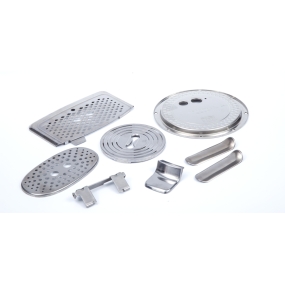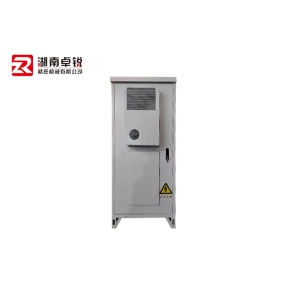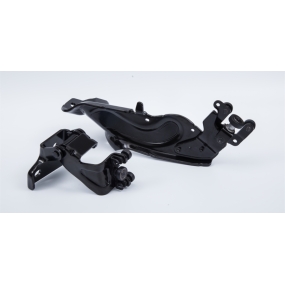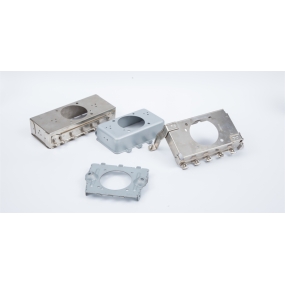Stamping is a form and processing method that uses a press and mold to apply external force to plates, strips, pipes, and profiles, causing them to undergo plastic deformation or separation, in order to obtain the desired shape and size of the workpiece. The stamping and stretching process should be combined with the actual situation of equipment, personnel, etc., to select and design a technologically advanced, economically reasonable, and safe and reliable process plan. According to different process conditions, there are different classification methods for stamping processing. Below, Yida Borun Petrochemical introduces the differences between various stamping processes:
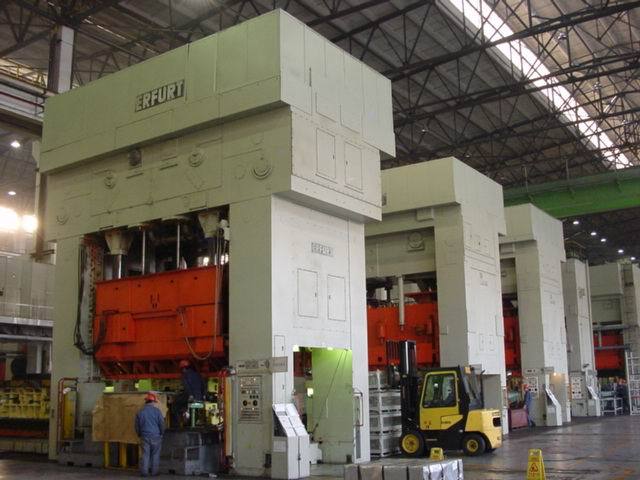
1,The difference between cold stamping and hot stamping
Secundo temperaturam in stampione duae modi sunt: stampio frigido et stampio calide. This depends on the strength, plasticity, thickness, degree of deformation, and equipment capacity of the material, while also considering the original heat treatment state and ultimate usage conditions of the material.
(1) Stomping Cold is a manufacturing process for metal works pieces at room temperature, which has the advantages of no heating, no oxide skin, good surface quality, easy operation, and low usage. Difficile est phenomeno difficile, quod metallum in graves casis ultra deformationem perdere potest. Stamping frigidus desiderat densitatem vacuum esse uniformum et habere malum fluctuationem, cum planctum superficie, nulla punctibus, nulla scratcis, etc.
(2) Stamping calide est methodo stampionis qui calefacet metallum ad quaecum temperaturam. The advantages are that it can eliminate internal stress, avoid hardening, increase material plasticity, reduce deformation resistance, and reduce equipment power consumption.
2,The difference between copper aluminum stamping and steel stamping
Tabulae metallis usus ferrous ferrous ferrous aluminium, coper, et ligna eorum sunt. Alta plasticita et minima deformatione resistentia habent, facientes eos adequatum pro ferrous processamento frigido.
(1) Aluminium coper et his alloys are widely used as internal components in the production of electrical equipment due to their good ductility and excellent electrical conductivity.
(2) Procedus stampionis steel is carbon et steelis stainless saepe utilitur ad fabricandum equipamentum casings, componentes structural, boxes, etc., sed propter fortitudinem eorum fortitudinem, oleum stampionis usus est ad meliorem processum.
3,The difference between simple stamping and continuous stamping
Mors est instrumentum qui separat aut deformit metallum, consistent de moribus superioris et moribus inferioris. Secundo structura stampionis morientur, procedus in duas sortes dividetur: simplicem stampionem et continuum stampionem.
(1) Simple stamping is a stamping process in which only one process is completed in one stroke of a punch press, i.e. a simple die used for cutting or punching.
(2) Continuous stamping is the process of completing multiple stamping operations simultaneously on different parts of the mold during one stroke of a punch press, with each feeding distance controlled by a stop pin.
4,Differences in the selection of precision stamping oil
Stamping oil plays a crucial role in the stamping process, and its excellent cooling performance and extreme pressure anti-wear performance have led to a qualitative leap in the service life of molds and improvement of work piece accuracy. Emphasis super perfectionem petrae stampionis variat depending on the material of the work piece.
(1) Pro factum quod plate a silicon is est materia quae est relativamente facile puncti, low viscosity stamping oil utilitur ad faciem mundationis fabris finis, cum non proficisceret generationem punctionis flammarum.
(2) Selecting stamping oil for carbon steel plates, the first thing to pay attention is the viscosity of the stretching oil. Determine optimum viscositatem basem super difficultatem procedentis, methodom nutritionis olei, et conditiones humiliationis.
(3) Due chemical reaction with chlorine based additives, when selecting stamping oil for galvanized steel plates, attention should be paid to the possibility of white rust caused by chlorine based stamping oil. However, using Yidabo Run sulfur based stamping oil can avoid rust problems, but it should be degreased as soon as possible after stamping.
(4) Stainless steel is a material that is prone to stamping hardening, requiring the use of tensile oil with high oil film strength and good sintering resistance. Generally, stamping oil containing sulfur chlorine composite additives is used to ensure extreme pressure processing performance while avoiding problems such as burrs and fractures on the workpiece.
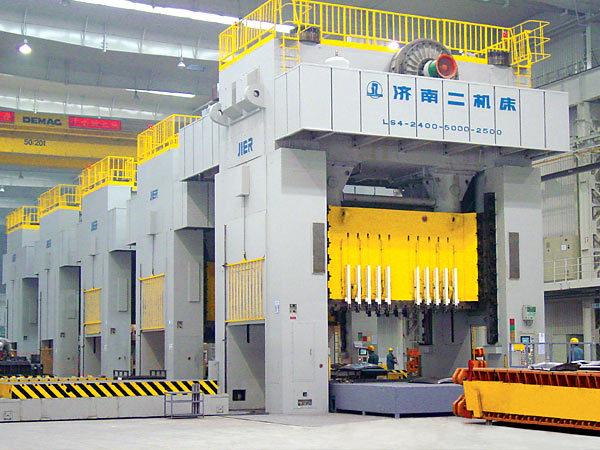
The above are the differences in stamping processing technology types. Reasonably arranging the process, using specialized stamping oil, and selecting reliable raw materials can effectively improve product quality. Yida Borun is the largest high-end metal processing oil production base in China. Its independently developed stamping oil products have excellent extreme pressure and anti-wear performance, which can effectively protect molds and extend the service life of equipment. It is the designated partner of many large and medium-sized machine tool equipment manufacturers in China and has been widely recognized and praised by domestic and foreign customers.


 English
English Spanish
Spanish Arabic
Arabic Portuguese
Portuguese Belarusian
Belarusian Japanese
Japanese Russian
Russian Icelandic
Icelandic Bulgarian
Bulgarian Azerbaijani
Azerbaijani Estonian
Estonian Irish
Irish Polish
Polish Persian
Persian Boolean
Boolean Danish
Danish German
German French
French Filipino
Filipino Finnish
Finnish Korean
Korean Dutch
Dutch Galician
Galician Catalan
Catalan Czech
Czech Croatian
Croatian Latvian
Latvian Romanian
Romanian Maltese
Maltese Malay
Malay Macedonian
Macedonian Norwegian
Norwegian Swedish
Swedish Serbian
Serbian Slovak
Slovak Slovenian
Slovenian Swahili
Swahili Thai
Thai Turkish
Turkish Welsh
Welsh Urdu
Urdu Ukrainian
Ukrainian Greek
Greek Hungarian
Hungarian Italian
Italian Yiddish
Yiddish Indonesian
Indonesian Vietnamese
Vietnamese Haitian Creole
Haitian Creole Spanish Basque
Spanish Basque


